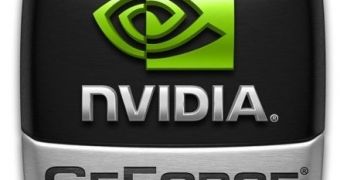The Fermi architecture that NVIDIA has finally unveiled after many months of delays and problems will likely go down in history for having combined traits that aren't usually compatible with each other. On the one hand, Fermi is the fastest architecture that NVIDIA brought out. On the other, its high TDP, operational temperature and physical size almost outweigh the actual benefits. The company somehow pulled off the release of its high-end GTX 470 and GTX 480, but adapting the same architecture to the other market segments appears to be more tricky than one may expect.
NVIDIA originally intended to build mainstream and performance video boards with the same architecture, but with four times and two times less shaders, respectively. Essentially, a performance Fermi chip was going to be half as strong as an enthusiast part, whereas the mainstream GPU was about a quarter in strength. The next batch of video boards based on these parts was supposedly going to show up by next month. Apparently, this is no longer the case.
Fudzilla was behind most of the previous leaks and rumors regarding the GF104 and the cards it was, or was not, going to spawn. Thus, it is no surprise to hear that it unearthed yet another leak. This time, however, the implications are much deeper than one might have suspected. Apparently, NVIDIA has scrapped all plans for Fermi mainstream boards and has, instead, decided to adapt the GF104 architecture. The reason, the report states, is that the new GPU architecture was completed faster than expected.
As it stands, August is the likeliest period for the official introduction. The GF104 will eventually be followed by the GF106 and the cheaper GF108. The implications of this decision on the GPU maker's part are dichotomic: for one, this gives AMD a head start of about six months on the lower segments. On the other hand, notebook manufacturers are supposedly quite excited about the new architecture. It remains to be seen whether this tactic enables NVIDIA to recover the ground it has lost.

 14 DAY TRIAL //
14 DAY TRIAL //